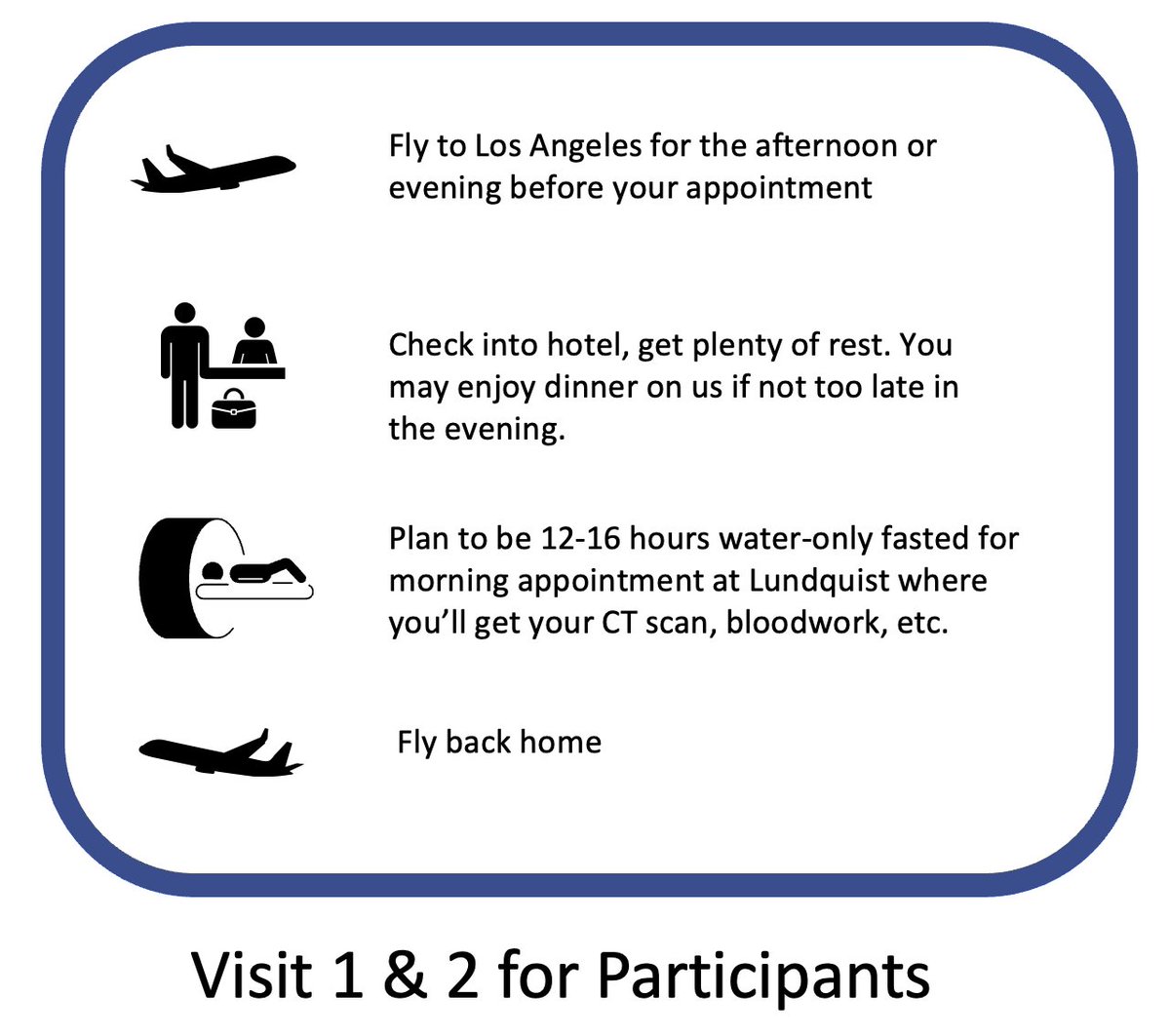1/ Random Thursday Thoughts Thread...
- I consider myself an optimist, but I’ve been a little less so lately. For example, as much as there are things to be concerned about right now, I’m looking toward all the economic fallout ahead and... it wont likely be rosy.
- I consider myself an optimist, but I’ve been a little less so lately. For example, as much as there are things to be concerned about right now, I’m looking toward all the economic fallout ahead and... it wont likely be rosy.
2/ - There’s at least a dozen times I’ve wanted to complain openly about how the pandemic really disrupted my plans for #TheCCDoc, the CSF study and several key experiments.
But that’s so tiny compared to many of the friends I personally know whose businesses have gone under.
But that’s so tiny compared to many of the friends I personally know whose businesses have gone under.
3/ - On a lighter note, My friend Bill was in from out of town and wanted to play some poker with me at the casinos who now allow for five handed games.
Everyone is required to wear masks, and the dealer provides mandatory hand sanitizer every time someone returns to the table.
Everyone is required to wear masks, and the dealer provides mandatory hand sanitizer every time someone returns to the table.
4/ - Maybe it’s just my imagination, but for as much as Twitter has a reputation for getting Intensively argumentative — this moment in time feels about 3X more so than any other. Even many of the people I consider to be even keel are showing a lot more edge lately.
5/ - I’m still very interested in what lipid levels are pre-infection versus post COVID-19 outcome severity.
OK, I guess that wasn’t a random thought – more of a central one.
But imagine a world where I could just go get that data – right now.
OK, I guess that wasn’t a random thought – more of a central one.
But imagine a world where I could just go get that data – right now.
6/ - This last Sunday my wife and I built a Lego “Hulk Buster” as a fun bonding activity. I figured it take an hour to two hours... nope! That was an all day affair. But I will say it was quite a lot of fun and a welcome distraction. 

7/ - Speaking of comic book movies, while I am a true blue #Marvel fan, I’ll concede I’m excited about this #Snydercut actually happening. If you don’t know what it is, follow the hashtag.
8/ - In the evenings I have occasionally watched some episodes of Alone. It’s a show that puts 10 contestants out by themselves in the wilderness to survive as long as they can stand it. It’s surprisingly more entertaining than I’d have guessed...
9/ ... The show has occasional “Med Checks” where they visit for a moment and take vitals. They then have discretion to pull a contestant, such as if they get too underweight (rightly so)
Of course, I secretly want to see what their comparative blood work is entry vs exit
Of course, I secretly want to see what their comparative blood work is entry vs exit
• • •
Missing some Tweet in this thread? You can try to
force a refresh












